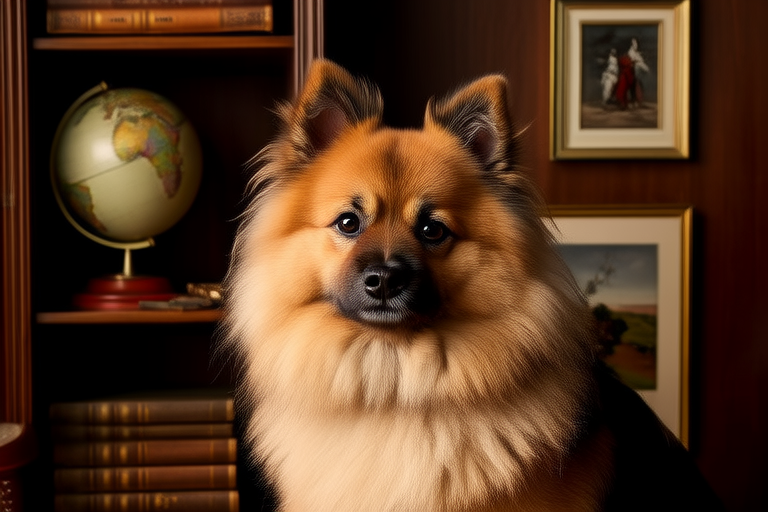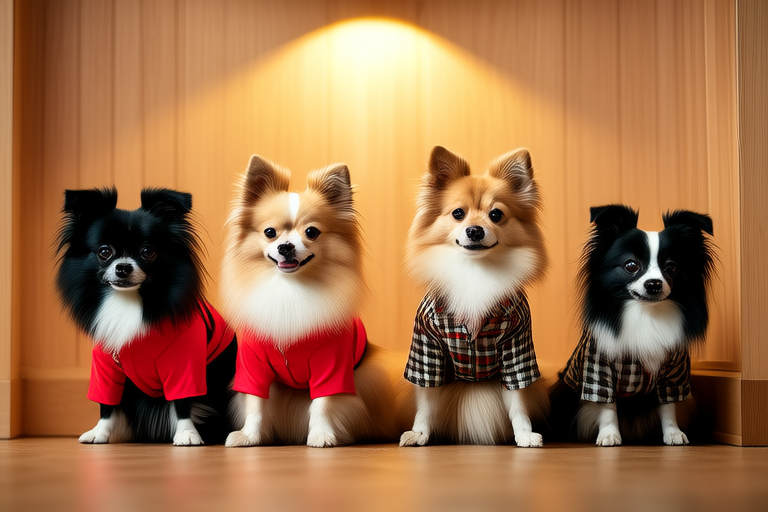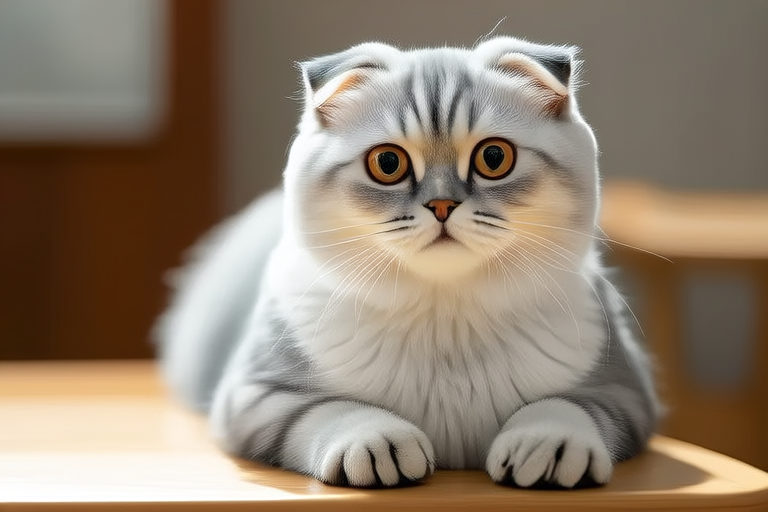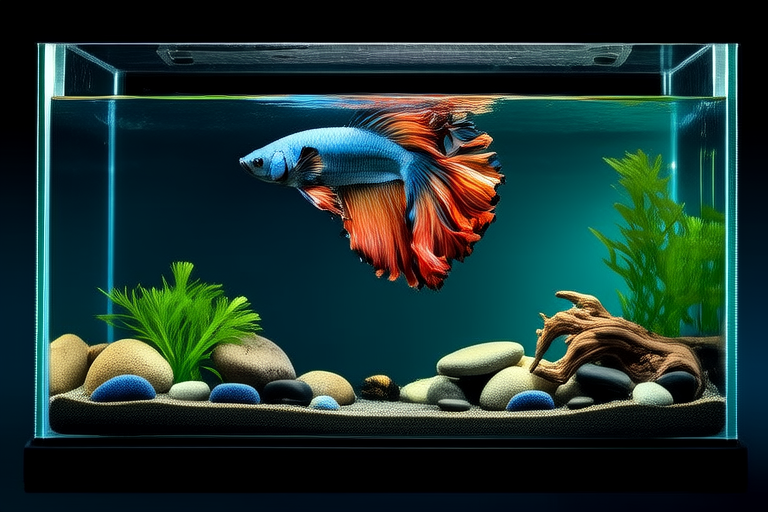
The Evolution of Pomeranians: From Wolves to Lapdogs
Today’s Pomeranian, a small and fluffy dog breed, might seem far removed from its ancient ancestors, but its journey from wolf to lapdog is a fascinating tale that spans centuries. This narrative traces the breed’s origins in Pomerania, its transformation into a diminutive companion, and its rise to prominence through royal patronage. We’ll also explore the breed’s physical characteristics, temperament, and common health issues.
Origins in Pomerania
Pomeranians hail from the region of Pomerania, now part of Poland and Germany, where they were initially larger, more robust dogs used as herders and guard dogs. These early Pomeranians were akin to their larger cousins, the Samoyed and Keeshond, and were well-suited for the harsh northern climates.
Historical records indicate that these dogs accompanied explorers and traders across Europe, gaining recognition for their loyalty and adaptability. They were valued for their ability to withstand cold weather and their keen sense of smell, making them excellent companions for travelers and settlers.
Size Reduction Over Centuries
Over time, the Pomeranian’s size decreased significantly. By the 16th century, they had become smaller but still retained their robust build. It wasn’t until the 18th century that the breed truly began to shrink, thanks to selective breeding by European nobility.
One pivotal figure in this process was Queen Charlotte, wife of King George III of England. She brought several Pomeranians to the royal court, and their presence there marked the beginning of the breed’s transformation into a smaller, more elegant companion. The queen’s influence helped establish the Pomeranian as a fashionable pet among the elite.
Rise in Popularity Due to Royal Patronage
The Pomeranian’s ascent to stardom was solidified under the reign of Queen Victoria, who fell in love with the breed during a visit to Italy in 1888. She adopted a particularly small Pomeranian named ‘Marco’ and brought him back to England, where she continued to breed and promote the breed. Queen Victoria’s passion for Pomeranians was infectious; her royal endorsement elevated the breed’s status, and it became a favorite among high society.
Victoria’s influence extended beyond mere admiration. She actively participated in breeding programs, ensuring that the Pomeranian maintained its distinctive appearance while improving its health and temperament. Her efforts laid the groundwork for the modern Pomeranian, a breed recognized by kennel clubs worldwide.
Physical Characteristics
Modern Pomeranians are typically between 18 and 38 cm tall at the shoulder and weigh around 1.5 to 3 kg. Their most striking feature is their thick, luxurious double coat, which comes in various colors, including orange, black, cream, and white. The outer coat is long and straight, while the undercoat is soft and dense, providing excellent insulation against the cold.
Despite their small stature, Pomeranians have a sturdy build with a wedge-shaped head, dark, almond-shaped eyes, and expressive ears that stand erect. Their tails curl over their backs, adding to their regal appearance. These physical traits contribute to the breed’s charm and appeal, making them ideal companions for families and individuals alike.
Temperament
Pomeranians are known for their lively and alert nature. They are intelligent, curious, and often display a playful demeanor. While they can be somewhat stubborn, their intelligence makes them trainable with consistent positive reinforcement. Socialization from an early age is crucial to ensure they develop into well-adjusted, confident adults.
Despite their small size, Pomeranians are protective of their families and can be territorial, especially towards strangers. Their alertness and vocal nature make them effective watchdogs, although their bark is often louder than their bite. This trait, combined with their affectionate disposition, makes them excellent companions for people seeking both protection and companionship.
Health Concerns
Like many small breeds, Pomeranians are prone to certain health issues. One of the most common is dental disease, which can lead to tooth loss and other oral problems if left untreated. Regular brushing and professional cleanings can help mitigate this risk.
Other health concerns include luxating patellas (dislocated kneecaps), hypothyroidism, and tracheal collapse. Responsible breeding practices and regular veterinary care can help minimize these risks. Additionally, Pomeranians may experience respiratory issues due to their compact size and short snouts, so it’s essential to keep them cool in hot weather and avoid excessive exercise in extreme temperatures.
Anecdotes and Famous Owners
The Pomeranian’s history is replete with tales of notable owners who have contributed to the breed’s legacy. Apart from Queen Victoria, other prominent figures have owned Pomeranians. For instance, Mozart had a Pomeranian named Pimperl, which he frequently mentioned in his letters. The composer found great comfort in the company of his loyal companion, and Pimperl even made an appearance in one of his operas.
Another famous owner was President Franklin D. Roosevelt, who had a Pomeranian named Fala. Fala was a constant companion to Roosevelt throughout his presidency and was known for his loyalty and bravery. Fala’s story has been immortalized in books and documentaries, further cementing the Pomeranian’s place in American history.
Conclusion
The Pomeranian’s journey from a robust working dog in Pomerania to a cherished lapdog reflects centuries of selective breeding and royal patronage. Today, Pomeranians are beloved for their charming appearance, playful nature, and unwavering loyalty. Understanding their rich history helps us appreciate the breed’s unique qualities and the efforts of those who have shaped it over the years.




